When you have a meal, you don't only have it to satisfy your appetite. As you know, food is one of the essential requirements of human beings, in order to survive. Your food contains many ingredients that are essential for your body to work properly and regularly. Calcium, phosphorus, carbohydrates, various vitamins, and much more are crucial for your body functions. Also, there is no doubt that healthy food keeps your mind healthy. The unchangeable fact is that the food you consume has effects on your physical and mental being. So, today, I am going to cover low phosphorus foods. So, let's start by finding out what low phosphorus foods are.
Jump to:
- What is a low phosphorus food?
- How can you identify phosphorus levels in your food?
- Phosphorus and kidneys
- Why should you have foods low in phosphorus?
- Who should have foods low in phosphorus?
- What foods are low in phosphorus?
- Have a look at some popular questions about low phosphorus foods:
- Conclusion
- Comments
What is a low phosphorus food?
As its name implies, low phosphorus foods contain low percentages of phosphorus. Phosphate is a mineral that exists naturally in several food items. Whatever amount of phosphate you have, most of it goes into your blood. It is essential to maintain the level of phosphate in your blood. Your healthy kidney can produce an excess level of phosphorus from your body; high levels of phosphorus in your body can harm your health.
An average phosphorus level is 2.5 to 4.5 mg/dL. Consult your doctor or dietician to check out your last phosphorus level and keep track of it, in case of any discrepancy. If the levels go high, changes in heart disease, and joint pain, and weak bones increase. Ice cream, bread, sour cream, pudding, and soy milk are examples of food that contain a high level of phosphorus.
How can you identify phosphorus levels in your food?
It becomes hard to differentiate what to choose if you are in search of low phosphorus foods. Companies add phosphate to preserve the food, improve taste, and avoid discoloration. So, to verify whether the food you have eaten contains phosphate or not, you should check the label. If you find disodium phosphate, phosphoric acid, calcium phosphate, monopotassium phosphate, sodium tripolyphosphate, pyrophosphate, or sodium acid mentioned on the label, it means the food has a high phosphorus content.
Phosphorus and kidneys
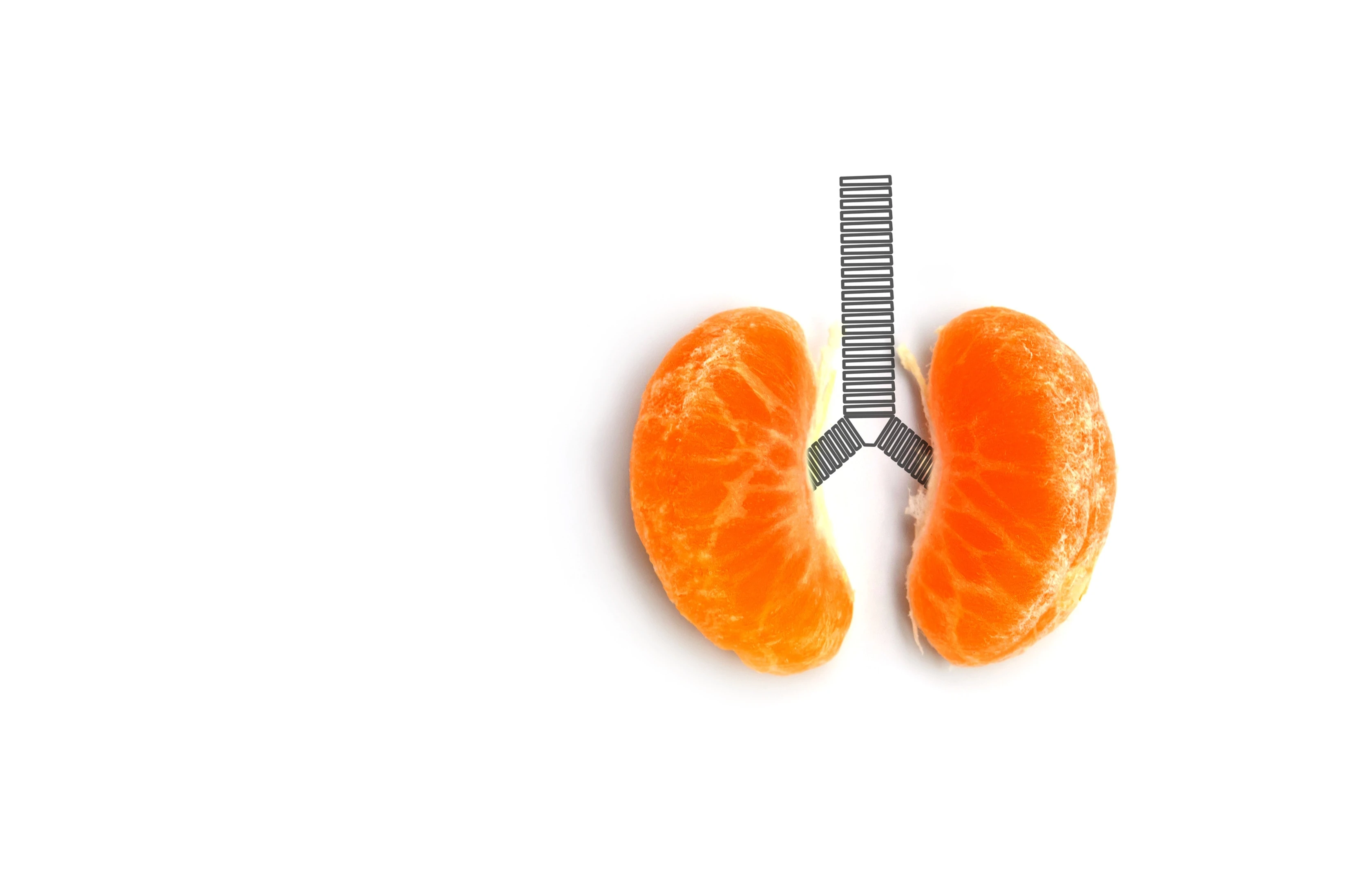
The kidney is the main bodily organ that removes excess minerals, such as sodium, magnesium, phosphorus, calcium, potassium from our body. The primary sources of these minerals are in the food. If your kidney is not healthy enough to remove these excess minerals from your body, there is no other way to get rid of them. If they are present in extra quantity in your body, these minerals can cause severe harm.
Why should you have foods low in phosphorus?
As you know, the kidney’s primary function is to minimize the high level of phosphorus in your body. So, even though your kidney is healthy, repetitive minimizing of levels can lower the strength of its functions. Conversely, if you get kidney disease earlier in life, lower phosphate consumption can reduce kidney disease’s progression. Also, foods low in phosphorus can help to minimize bone disorder and maintain cardiovascular health.
Who should have foods low in phosphorus?
It is vital for kidney and heart patients to consume low phosphorus foods. Let us discuss the impact of low phosphorus foods on each disease.
Kidney disease
No one usually pays attention to his phosphorus level until he gets into a serious kidney problem. However, kidney disease, minerals, and bone disorders can start even before the phosphorus level in your blood begins to rise. When your kidney progresses towards an unhealthy condition, it starts working less efficiently to eliminate extra phosphorus from your body. A higher GFR, i.e., Glomerular Filtration Rate, is usually beyond 60ml per min, which also indicates greater levels of phosphorus than normal.
Because of this, doctors recommend anyone suffering from kidney disease to avoid artificial phosphorus. However, you can find natural phosphorus sources from plant-based sources like beans or whole grains. These are not a problem for most people. Avoiding synthetic phosphorus is enough to check phosphorus intake for such patients. It is most applicable for CKD, i.e., Chronic Kidney Disease stages 1-3 patients.
The people who are at the CKD stage 4-5 or on dialysis should be avoiding natural phosphorus. Your lab test results will help in planning an appropriate diet plan for you.
Heart disease
Higher phosphorus levels not only affect your kidneys but also affect your heart. Nonessential phosphorus in the body will remove calcium from your bones and as a result, they will become weak. Also, calcium may be deposited in other parts of the body including the heart. Over time, these deposits may lead to stroke and heart disease.
What foods are low in phosphorus?
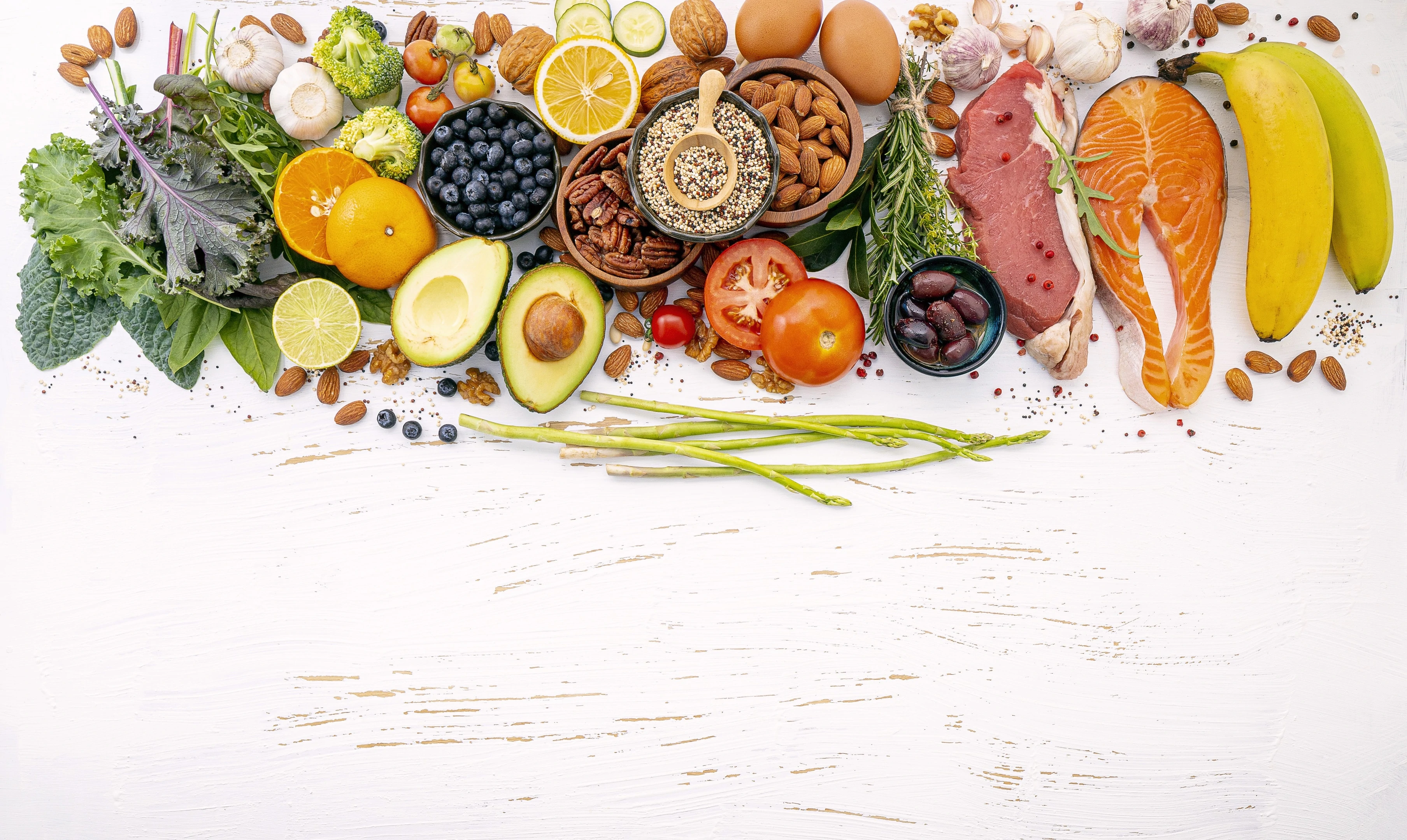
Some food items contain relatively low phosphate levels. Let’s have a look at some of them.
Homemade meals or snacks made from fresh ingredients, unenriched almond milk, a small amount of Brie or Swiss cheese, sherbet, sorbet, or frozen fruit pops are members of low phosphorus food groups., You may also count on some fresh dinner rolls, English muffins or bread, bagels, lean beef, eggs, lamb, for low phosphorus content; "all-natural" poultry, seafood, and other fish without "phosphorus" in the ingredients also are good to eat. To satisfy your sweet tooth, you can eat gumdrops, hard candy, jelly beans, or fruit snacks without adding phosphorus to your body. If you love root beer, ginger ale, and lemon-lime drinks, then here is the good news; they are on the list as well. Freshly brewed coffee or tea are also on the list of low phosphorus foods.
1. Old low phosphorus foods
If you need to follow a proper low phosphorus diet, you can explore some natural as well as artificial sources of phosphorus. Some natural phosphorus sources include whole grains, legumes, some seeds, nuts, dairy products, and chocolates.
We know that most of these food items are suitable for kidney disease. Plant proteins like lentils, nuts, beans, and whole grains have successfully been proven to slow kidney disease growth. They are also best working on other health conditions common in people with kidney diseases such as diabetes, acidosis, and heart disease.
2. The new low phosphorus foods
The new phosphorus food is mainly focusing on avoiding synthetic phosphorus. Most of the Phosphorus goes into our body through artificial phosphorus. Many people's experiences proved that avoiding artificial phosphorus can result in healthy phosphorus levels in the body. This is an advantage to kidney disease patients as they can enjoy many healthy and delicious foods.
Have a look at some advanced sources for low phosphorus foods.
3. Meat and eggs in the low phosphorus diet
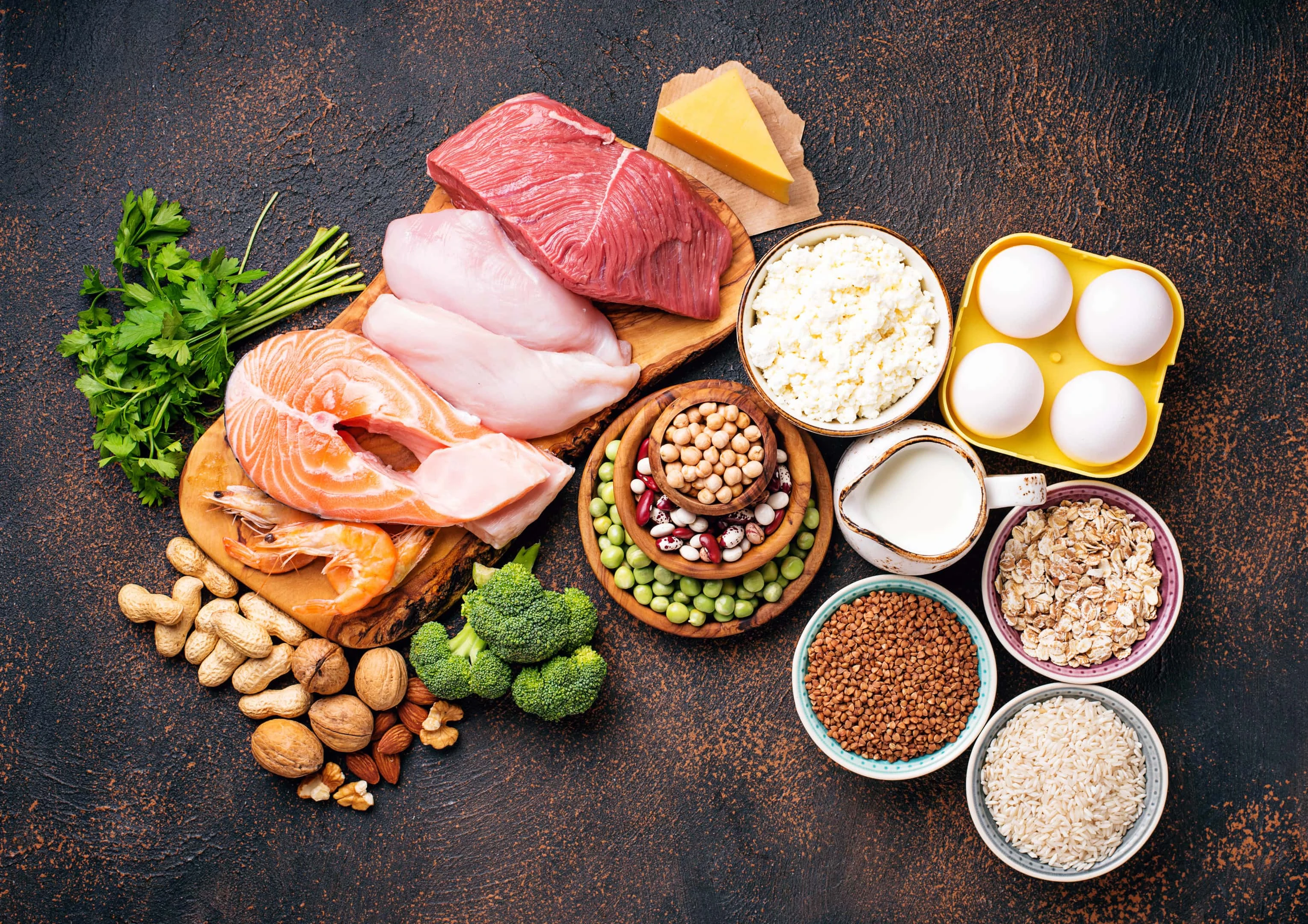
Animal proteins such as fish, poultry, and seafood contain considerable amounts of phosphorus. If avoiding artificial phosphorus is not working out to lower your phosphorus levels, then you need to reconsider your diet accordingly.
CKD stages 1-5 without dialysis
A high protein diet can amplify the growth of kidney diseases. It is advisable for people with CKD who are not on dialysis, to limit the amount of protein they eat. The National Kidney Foundation suggests modifying protein to 0.6-0.8 grams per kilogram body weight per day.
A person should eat smaller amounts of foods, such as chicken, meat, eggs, seafood, fish, and turkey, as they have much phosphorus and protein contents. The recommended size of the portions can be different depending on the person, but generally, no more than 3-6 ounces of meat are good per day, which is around half of the size of your palm.
End-stage renal disease, i.e., people on dialysis
The requirement for proteins is higher for those on dialysis. The National Kidney Foundation advises up to 1.2 grams of protein per kilogram of your body weight. You should discuss with your dietician to determine what meat portion size is suitable for you.
4. Dairy in the low phosphorus diet
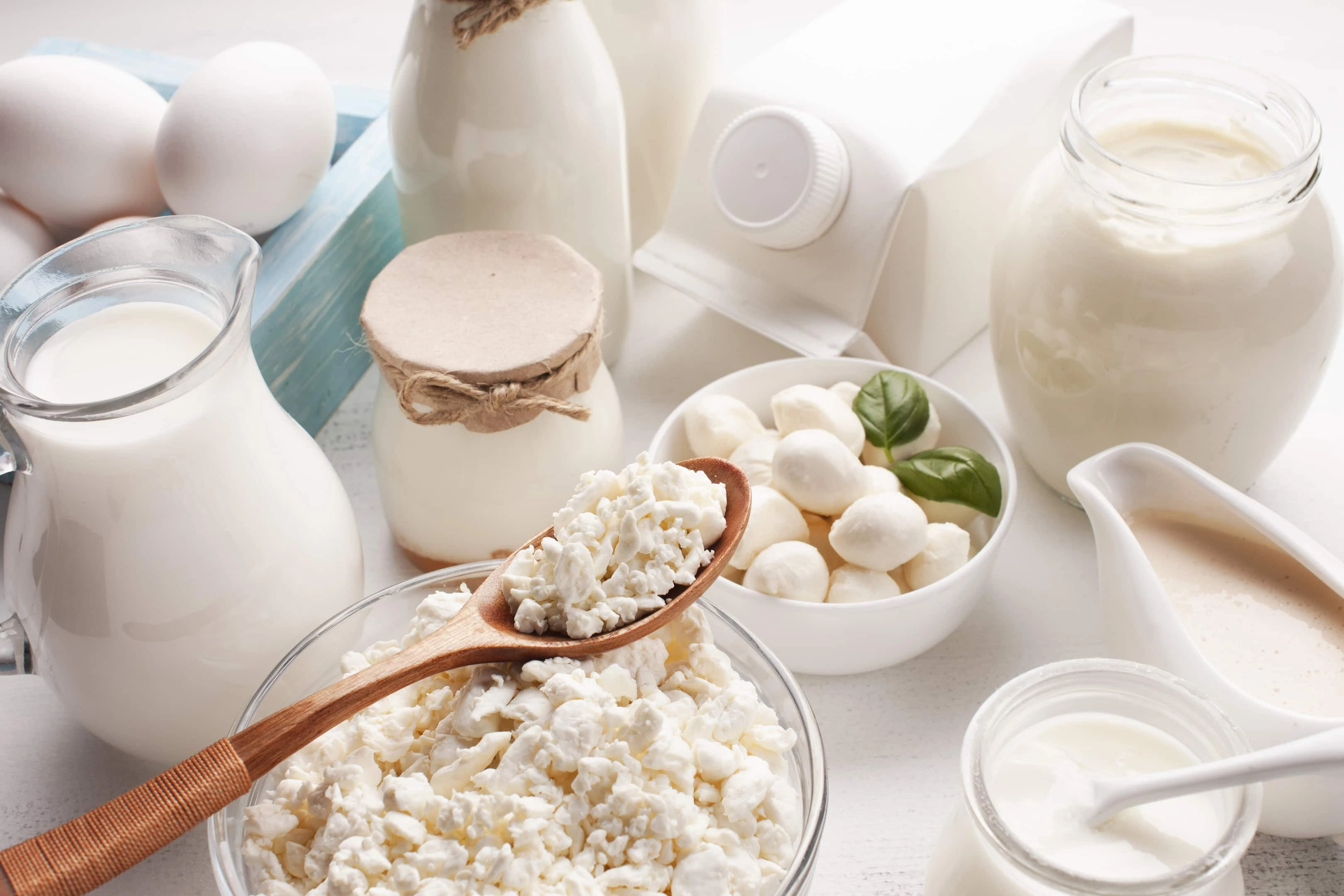
All dairy products, including cow's milk, contain phosphorus. It is advisable for people suffering from CKD stages 4-5 and who are on dialysis to limit their dairy intake to 1½ cups per day. But, consult with your dietitian to work out what is best for you.
Rice milk and almond milk have lower phosphorus content compared to cow's milk and can be excellent substitutes. But, make sure to check the products for synthetic phosphorus.
Indeed, the healthy amount of dairy products and the meat will be different for each person, based on their kidney functions, medical history, and body size.
5. Healthy drinks in the low phosphorus diet
You may be surprised to know that some beverages have significant phosphorus content. The synthetic phosphorus is easy to note in cola, ice tea, some flavored waters, and other commercial drinks.
Phosphorus works differently for each product, and each flavor. For instance, Crystal Light Raspberry Lemonade has added phosphorus, whereas Crystal Light Blackberry Lemonade doesn't. Remember, almost every Crystal Light product has added potassium.
Most flavored, carbonated, unsweetened water does not contain synthetic phosphorus. Why not try to make your own lemonade or iced tea at home with natural phosphorus.
6. Low phosphorus maple syrup

Maple syrup goes through a process starting with the circulating fluid or sap of sugar maple trees.
There are two main steps for maple syrup production:
- A hole is pierced into a maple tree to extract the sap into a container.
- The extracted sap is boiled until every drop of water evaporates, leaving behind a sugary syrup. The syrup is thick and full of impurities, which is then purified to obtain pure maple syrup.
Maple syrup is an excellent alternative for sugar. It is a perfect ingredient for a diabetic person to fill the place of sugar. If you are a health-conscious person and unsure about the contents, you can opt for several maple syrup substitutes to serve the purpose. Honey, agave nectar, molasses, and corn syrup can be fine maple syrup substitutes. Each replacement has its flavor and contains elements. Each of them serves different tastes in different recipes, but it can be a good option if you are only looking for a sweetener alternative.
Thirty milliliters or one fluid ounce of pure maple syrup contains low (3 to 6 mg) phosphorus, high calcium (40 to 80 mg), and significant amounts of micronutrients like potassium, and magnesium. When used correctly, maple syrup can be an actual, healthier substitute for liquid sweeteners like corn syrup. It is a natural sweetener that has been declared to be healthier and better nutritious than sugar.
Chronic Kidney Disease increases your chances of diabetes. Diabetes is also one of the leading causes of kidney failure. Around 44% of dialysis patients have diabetes. Maple syrup's extraordinary cocktail of elements may be beneficial to one's health. Pure maple syrup arrives directly from the sap of the maple tree. It does not result in the same insulin claw as some sugars. This may be because there is no chemical usage like the sugar in the manufacturing of maple syrup. It is a natural and unprocessed product. It is a proven fact that maple syrup is good for patients with type 2 diabetes.
Have a look at some popular questions about low phosphorus foods:
1. What is the low phosphorus diet amount?
The Food and Nutrition Board of the Institute of Medicine suggests a diet with 700 mg per day of phosphorus in healthy people, but 1250 mg per day in children and pregnant women. However, a lesser amount of intake is suggested for renal patients to reduce the effects.
2. What are the signs of phosphorus deficiency?
If you have noticed a loss of appetite lately or have shown signs of unreasonable anxiety, you may be deficient in phosphorus. The common symptoms of phosphorus deficiency also include bone aches, fatigue, and irregular breathing. There are significant warning signs indicating bad bone health such as fragile bones or stiff joints, You may also notice irritability and/or numbness. You may suddenly feel weak or notice a sudden weight change.
3. What are the suggested low phosphorus foods for renal failure?
Fresh or frozen red meat offers 65 mg phosphorus per ounce and protein that can be an excellent choice for a person on a kidney diet. However, make sure to have your red meat without marinades, breading, or sauces.
4. Make a list of foods low in phosphorus
Have a look:
- Dairy, dairy substitutes, and egg whites
- Soy milk
- Up to 29 mg of unenriched rice milk devoid of calcium-phosphate: 29 mg
- Up to 15 mg of pasteurized egg whites
5. How do you overcome low phosphorus?
Your healthcare consultant may advise you about magnesium or Vitamin D supplements if your phosphorus level is low. You may also opt for prescribed supplements to reduce the calcium levels in your blood. Some phosphate supplements are taken orally, while some are provided via intravenous in compliance with deficient levels.
6. What foods are low in phosphorus and potassium?
Top recommended low-phosphorus foods for those on a kidney diet are usually low phosphorus meat and poultry. It may also include low phosphorus seafood. Seafood is an excellent source of high-quality and low-fat food.
7. What foods are high in phosphorus?
Phosphorus is present in high amounts in protein foods. Milk and milk products do contain high phosphorus content and so does meat and its alternatives, such as lentils, beans, and nuts. Whole grains also qualify for this list.
8. What does low phosphorus indicate?
If your test results show that you have low phosphate or phosphorus levels, it may mean that you have hyperparathyroidism. It is a medical condition often caused due to over activeness of one or more of the parathyroid glands to secrete excess amounts of parathyroid hormone. These hormones are responsible for increasing the levels of calcium in the blood leading to a condition known as hypercalcemia.
9. What disease is caused by a lack of phosphorus?
Phosphate deficiency, heritable, and acquired disorders:
You can either develop or inherit disorders leading to the drainage of phosphate through urine which can further lead to severe hypophosphatemia, subsequent rickets, and even osteomalacia.
10. Are eggs bad for kidneys?
Egg yolks are very nutritious, but you may be disappointed to know that they contain high amounts of phosphorus. Therefore, if you are following a renal diet, you must consume egg whites instead of whole eggs. The high protein content of egg whites aids your renal health.
Conclusion
Many of you may have found it interesting to know about the new low phosphorus foods. You have many options to have natural phosphorus, such as lentils, beans, and nuts if you have decided not to use synthetic phosphorus. It is a fact that plant proteins are the best way to reduce the growth of kidney disease. Also, you might have noticed that the new low phosphorus food diet is less restrictive. This can be an advantage for you, so you can enjoy healthy and tasty food without any stress.

A writer passionate about wellness, nutrition, and intentional living. She creates engaging, research-based content that empowers readers to live healthier lives. Through every article, she brings clarity, inspiration, and a touch of everyday practicality. Read more about Juliana.

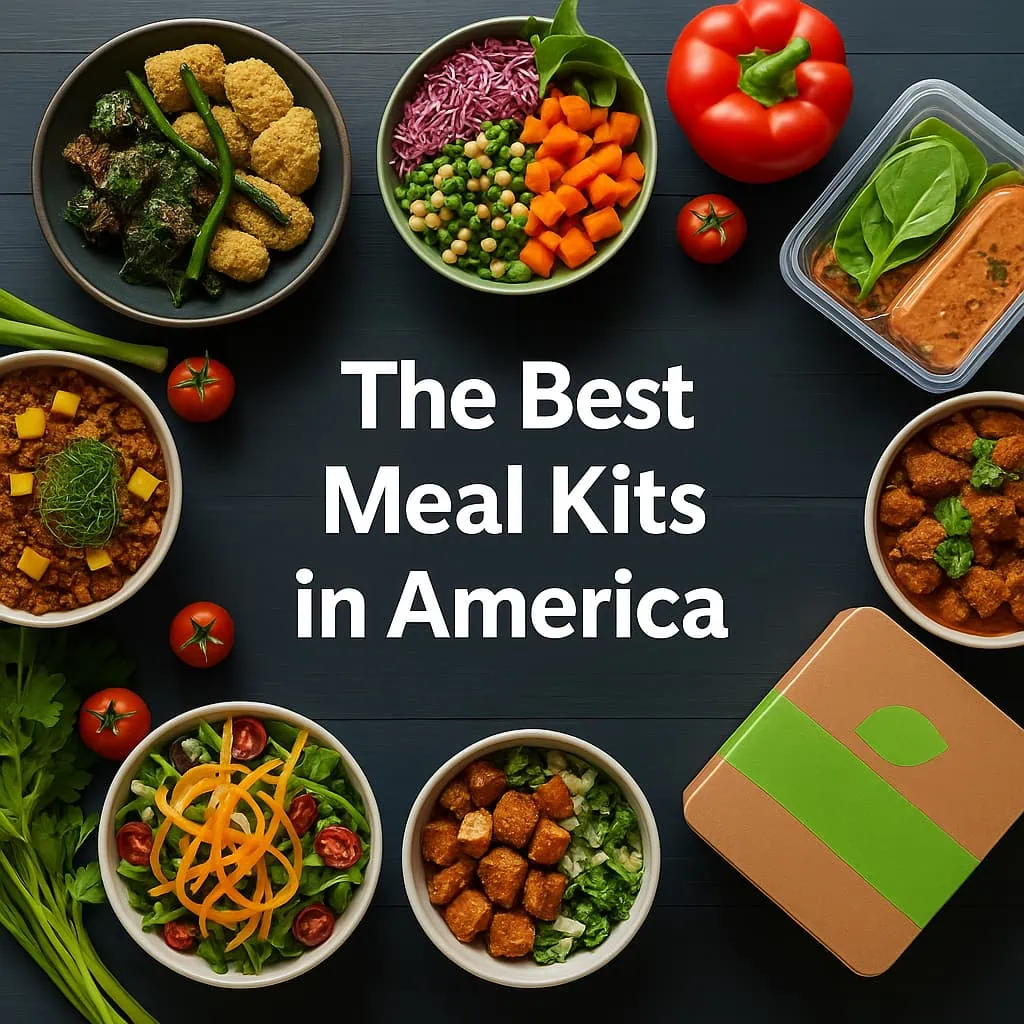
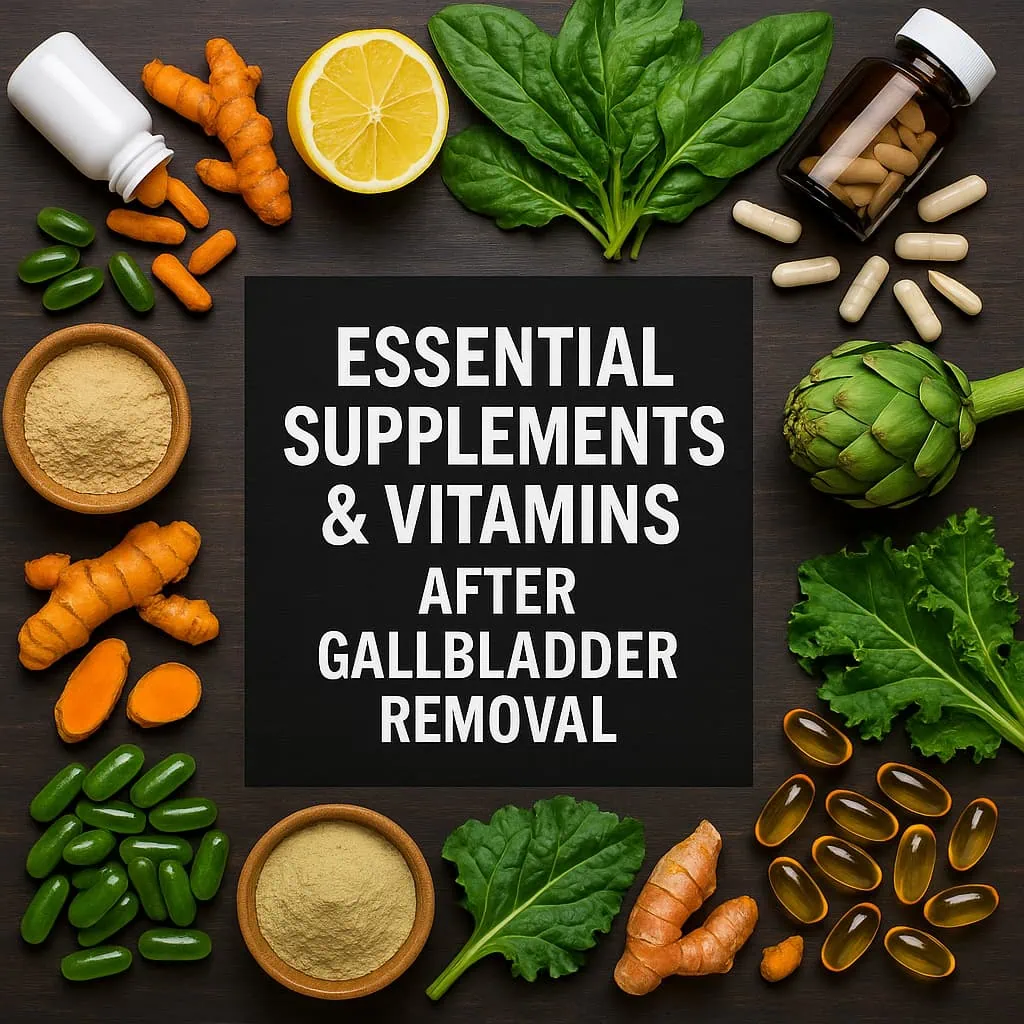
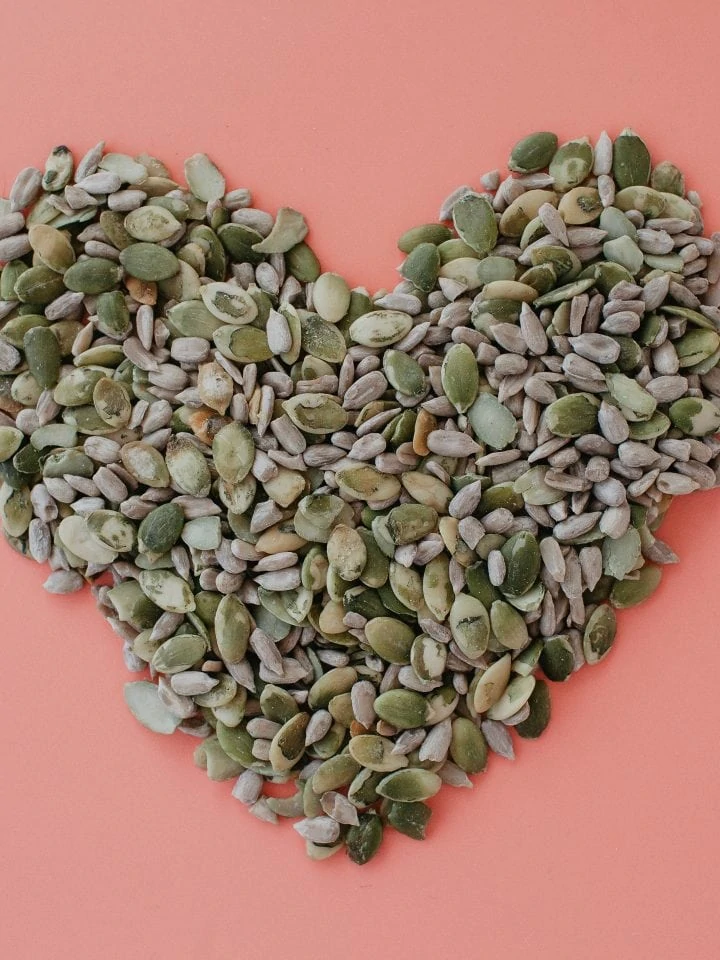

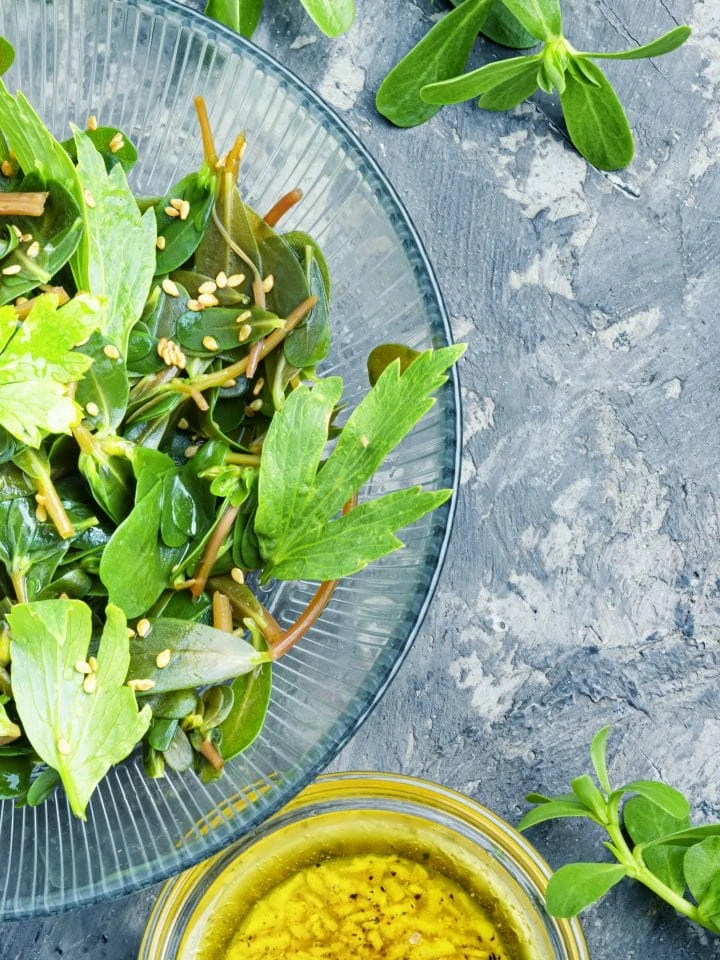
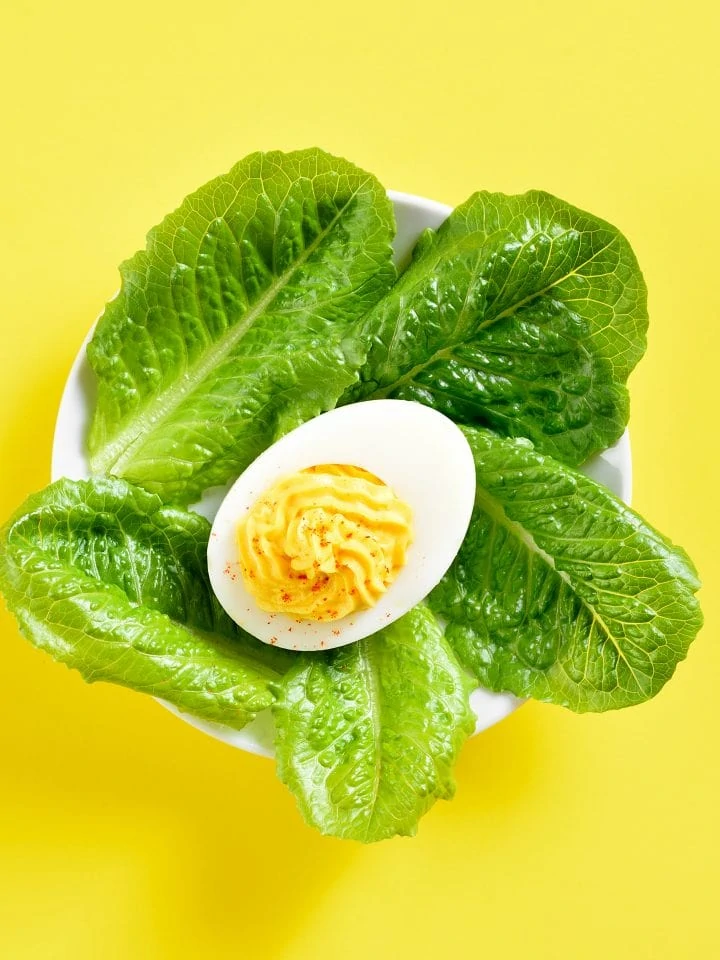
pierre says
Great thanks